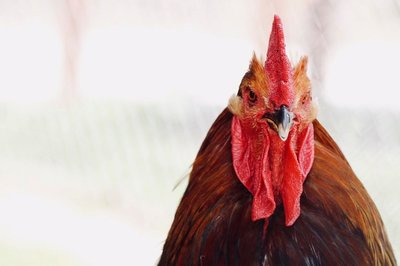The growth of poultry relies on the environment in which the bird feels comfortable, as well as on good-quality feed and water. In this use case, the performance of the poultry production chain is optimised through IoT driven technologies. This means raising poultry until the desired end weight while at the same time respecting and prioritizing animal welfare.
Sensors
Throughout the poultry chain, IoT technologies are applied at three different points: at the farm, during transport and in the slaughter house. On the farm-level this includes for instance environmental sensors, which collect data on temperature, humidity, CO2, Ammonia and luminosity. Also, other factors such as water consumption are measured on the farm. The conditions in which the animals are transported are constantly monitored by five environmental sensors to ensure their well-being. Ultimately, all the collected data from farm to slaughterhouse is analysed in a Smart Farm Assistant, which provides daily insights and early warnings.
Challenges
The implementation of new techniques can be a bumpy road, and improvements of the process happen through trial and error. For instance, this use case experienced some technical issues with network unavailability, which were overcome by changing devices. As always with technologies, one is obliged to be flexible and innovative to make advancements in the supply chain management. Additionally, researchers are constantly improving the process to reach the best possible solutions. They are therefore constantly looking ahead, thus planning to use smart wearables for poultry loading process monitoring in the future.
Future Impact
The use of IoT driven technologies has a lot to offer in the poultry chain. With the monitoring system implemented, the chickens will be provided with good indoor climate conditions, leading to a greater level of welfare and health. This will improve their physical condition and decrease mortality rates. The technologies also aid in monitoring the use of water and feed resources, enabling this to be optimised, while waste can be mitigated. As there will be a decrease in dismissed poultry due to enhanced monitoring, the feed and water used for production is also used more efficiently. Furthermore, this will consequently lead to less labour and production effort and environmental impact through the unnecessary cremation of animals.